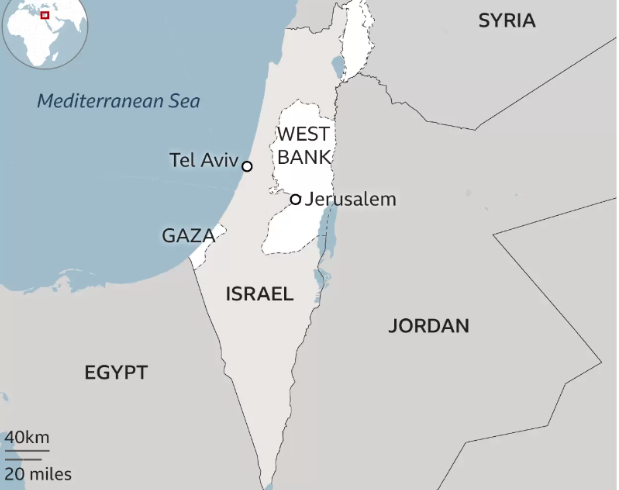Politics
Gaza’s Plight in the Ongoing Israel War

Gaza, a slender coastal enclave, continues to be the crucible where the long and arduous narrative of the Israel war is both forged and fought, its every heartbeat monitored by the unyielding eyes of military surveillance. Home to over two million Palestinians, it stands as a testament to the resilience and suffering etched by the volatile tides of time—sandwiched between the storied borders of Egypt, the dynamic vigor of Israel, and the serene Mediterranean Sea. This is a land where contrasts are profound, hardships are relentless, and the past’s echoes resonate powerfully through the stark realities of the day. As the world looks on, it is in this narrow stretch where the human cost of the Israel war is counted and recounted, raising the incessant question of whether the tides of history can ever yield to the shores of peace.
The Gaza Strip, scarcely 25 miles long and a mere 10 wide, is a geopolitical anomaly, born of conflict and nurtured in turbulence. Egypt’s once firm grasp gave way to Israel’s conquest in the 1967 Six-Day War—a chapter of both military prowess and existential dread. The Israeli withdrawal in 2005 marked a new chapter, not of tranquility, but of an intensified siege. The density of Gaza’s heartbeat is one of the highest globally—streets brimming with the descendants of refugees, their number surpassing 1.7 million, the United Nations reports, many confined to camps where space is a luxury unfelt.
Beyond the tightly sealed borders, where the landscape of human resolve is stretched thin, the stories of indomitability are etched into the Gaza Strip’s fabric. Eight refugee camps, each a microcosm of determination, have blossomed amidst the constrictions of an unyielding blockade. In the narrow alleys of Jabalia Camp, a schoolteacher’s words carry the weight of the collective sentiment, “Life is an interminable waiting game here.” Her tone weaves a tapestry of hopelessness and resistance, a duality familiar to her pupils.
For the inhabitants of these camps, the horizon is a distant mirage, one of liberation unseen, freedoms unfelt. Their skies, once vast and unending, now feel like a dome of restriction, under which their dreams and movements are curtailed. Every day is a navigation through a labyrinth of limitations, each turn dictated by a force unseen yet omnipresent.
In the eyes of a Gazan, the very essence of existence is an exercise in patience and adaptation. Children kick footballs in the shadow of walls that dwarf their ambitions, while parents weave through the market’s clamor, a cacophony that barely masks the deep-seated anxiety for the future. Here, resilience is not a choice but a legacy handed down through generations, crafted through the daily grind, the nightly fears, the unspoken understanding that tomorrow is not a promise but a possibility—one that they shape with their steadfastness and undying hope.
Gaza’s existence is a tapestry of contradictions—a land under siege, yet undeniably vibrant. Israel’s dominion over its boundaries is a source of unending debate, the lines between security and subjugation blurred by the dust of destruction and the rhetoric of rights. The Strip’s tale is not solely one of strife but also of unquenchable human spirit, a community’s quest for normalcy against the backdrop of an abnormal existence.
Skepticism hangs thick when dissecting the narratives spun around Gaza. Israel’s assertions of security needs clash with accusations of a disproportionate chokehold on a beleaguered population. Hamas, the de facto ruler of Gaza, is viewed by many as a militant bastion, yet to others, a force of resistance—a dichotomy that remains at the heart of the Strip’s enduring turmoil.
Wandering through the streets of Gaza City, one is struck by the collage of life amidst adversity—the cacophony of market cries, children’s laughter piercing through the somber reality, and the smell of the sea mingling with the scent of kebab stands. The rubble from the latest skirmish lies unassumingly next to a wedding procession, a stark reminder of a people caught between the crossfire of ideologies and the innate yearning for joy.
In this land where ancient civilizations once trod, the modern-day saga of the Gaza Strip continues to unfold like a relentless epic, with protagonists clashing in an amphitheater watched by a world numbed by the regularity of its crises. The question that lingers in the coastal air—laden with the salt of the sea and the bitterness of conflict—is whether a denouement lies in the chapters ahead or if the cyclical narrative of anguish and tenacity is destined to repeat ad infinitum. How many more footprints will be left in Gaza’s sands before the tide of change washes over its troubled shores?












You must be logged in to post a comment Login